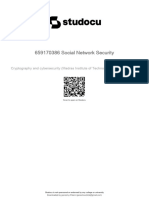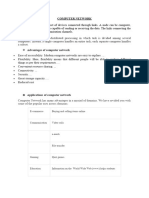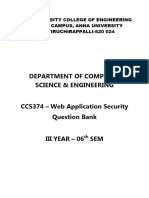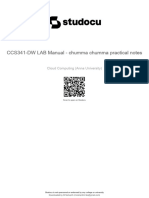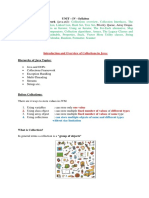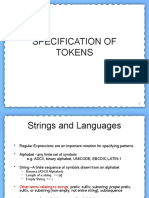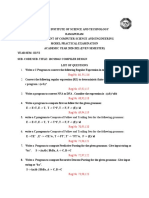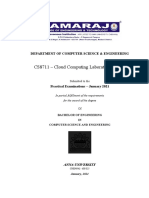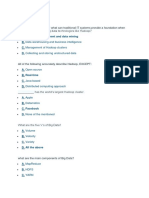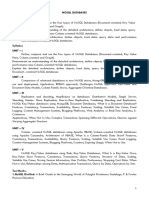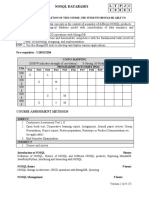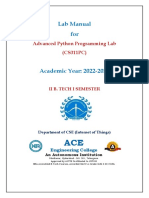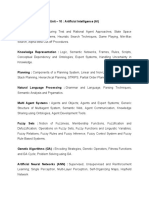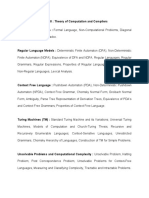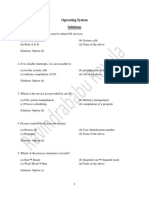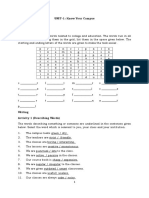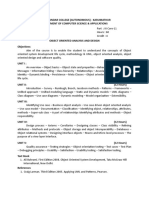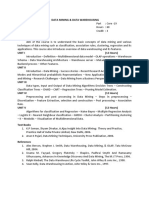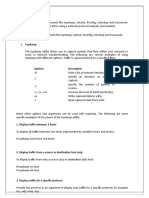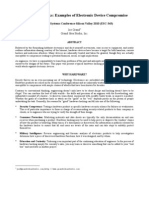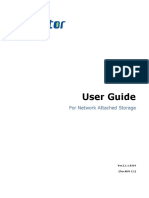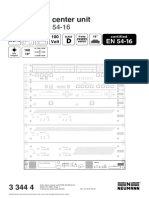JUNG
(http://jung.sourceforge.net/)
Netminer
(http://www.netminer.com/NetMiner/overview 01.jsp)
Pajek
(http://vlado.fmf.unilj.si/pub/networks/pajek/)
igraph
(http://igraph.sourceforge.net/)
SONIVIS
(http://www.sonivis.org/)
Commetrix
(http://www.commetrix.de/)
NetworkWorkbench
(http://nwb.slis.indiana.edu/)
visone
(http://visone.info/)
CFinder
(http://www.cfinder.org/)
Borko Furht, “Handbook of Social Network Technologies and Applications”,
Springer, 1st edition, 2010.
Network Reduction
Discovering Scientific Collaboration Groups
from Social Networks
Mining Communities from Distributed and
Dynamic Networks
Network reduction is an important step in
analyzing social networks.
Example
The bibliography contains 360 papers written by
314 authors.
community structure is detected using a
community mining algorithm, called ICS
Most of the detected communities are self-
connected components.
the clustered coauthor network can be reduced
into a much smaller one by condensing each
community as one node
the top-level condensed network corresponding
to a 3-community structure is constructed by
using ICS from the condensed network
In this way, a dendrogram corresponding to the
original coauthor network can be built
The dendrogram of the coauthor network
IFETCE\M.E CSE\III SEM\NE7012-SNA\UNIT 3-PPT 10
Flink is a social network that describes the
scientific collaborations among 681 semantic
Web researchers
From the perspective of social network analysis,
one may be especially interested in such
questions as:
1. among all researchers, which ones would more
likely to collaborate with each other?
2. what are the main reasons that bind them together?
Apply the community mining techniques.
IFETCE\M.E CSE\III SEM\NE7012-SNA\UNIT 3-PPT 13
The self-organized communities would provide the
answer to the first question.
By referring to them, one can know the specific
collaboration activities among these researchers.
After manually checking the profiles of members
within different communities, an interesting fact has
been confirmed.
most of communities are organized according to the
locations or the research interests of their respective
members.
Answers the second question, i.e., researchers in
adjacent locations and with common interests prefer
to intensively collaborate with each other.
Applications involve distributed and
dynamically-evolving networks
Resources and controls are not only decentralized
but also updated frequently.
We need find a way to solve a more
challenging NCMP
to adaptively mine hidden communities from
distributed and dynamic networks.
Solution is based on an Autonomy-Oriented
Computing (AOC) approach
In AOC approach, a group of self-organizing
agents are utilized.
The agents will rely only on their locally acquired
information about networks.
Example: In Intelligent Portable Digital
Assistants
selecting individuals who have frequently contacted
or been contacted with the user during a certain
period of time
taking the selected individuals as the input to an AOC-
based algorithm
ranking and recommending new persons
IFETCE\M.E CSE\III SEM\NE7012-SNA\UNIT 3-PPT 17

